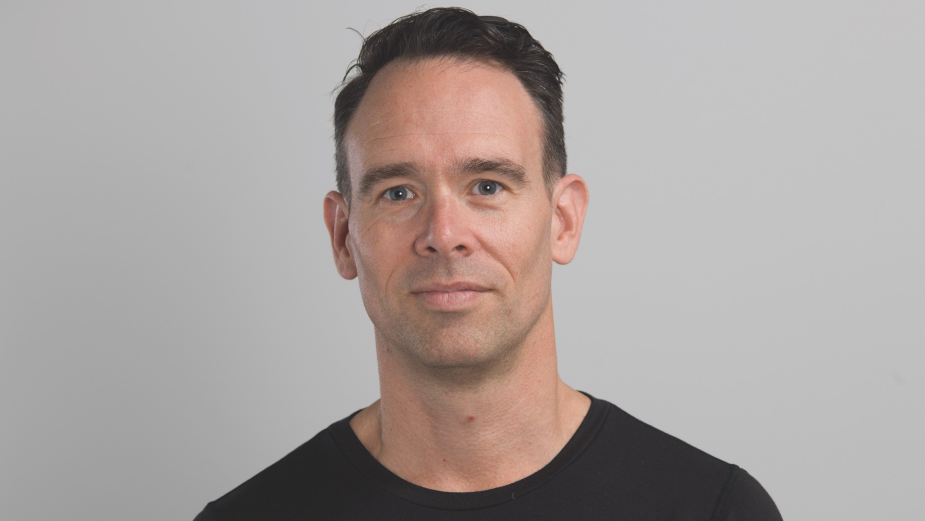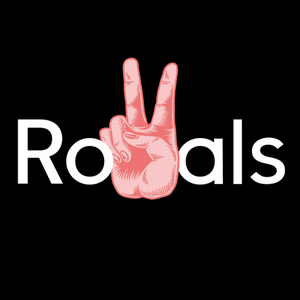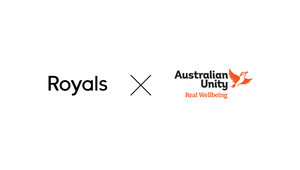
Breaking Bad: Learning to Surf the Chaos

Fires. Floods. Planes grounded. Cities locked down. Jobs lost. Kids homeschooled. Super accounts drained. Skyrocketing national debt. And for many, loved ones lost. If there was a maxim that 2020 has rammed home, it is surely this: “Want to make God laugh? Tell her your plans.”
The Covid-19 wrecking ball has reminded humanity that our ability to predict the future is woeful. Despite what economists, politicians, journalists, and trend forecasters say, we are routinely ‘fooled by randomness’ – finding patterns, trends and predictability where they don’t actually exist. Then using these flawed predictions and models to plan the future, we get sideswiped by ‘Black Swan events’ that our forecasting tools and methodologies didn’t see coming – 9/11, the GFC, Fukushima, Brexit, Trump’s election, ScoMo’s re-election, and now a pandemic.
But still we try to predict and control the future, over and over. Why? Because, as hairless chimpanzees sitting on the cooled crust of a molten ball of fire hurtling through space, humans are inherently vulnerable. And our lizard brains know it!
So, we seek out and cling to things that provide a sense of security and control. Or more accurately, the illusion of control. Because as this year has shown, nothing is under control. We do it in business, too, clinging to metrics like Net Promoter Score, as well as surveys, segmentations, and tracking studies, all of which are built on self-reported data – which is anything but reliable. “They said they’d buy it! Why didn’t they?”
We latch onto behavioural economics and start ‘thinking fast and slow’ without ever reading the underlying studies or grappling with the replication crisis going on in the social sciences. We listen to cool hunters and trend forecasters, rarely looping back to see if their predictions ever came true. We track eyeballs, scan brainwaves, and scrutinise facial expressions, all in a desperate attempt for control.
Control. So seductive. But an illusion.
Think about your favourite control freak. What, at the end of the day, have they actually controlled? Certainly not their own anxiety (which is where the need for control comes from). And what was the impact of their controlling behaviour on those around them? Was anyone happy at the end of the day? Did anything good get made? Humans, like the wind, can’t be controlled. Or at least, not for long or without extreme joy-killing repression.
How does this relate to advertising?
So much is on the line when it comes to advertising – market share, profits, jobs, bonuses, reputations, and more. Because of this we get anxious, which is entirely normal. But where things start to go wrong is when that anxiety morphs into a desire to eliminate risk, rather than manage it, at which point we turn into control freaks trying to guarantee an outcome.
But as 2020 has shown, we can’t eliminate risk or control how things are going to unfold. When in advertising we try to, we usually end up with ‘advertising landfill’ – mediocre work which no one enjoys or remembers. Work that passes a Link Test, but flops in the real world. Work that the focus groups claimed to like, but which didn’t move the needle on the brand or sales. Work that needs to be bludgeoned into people’s memories via an over-the-top media spend.
The honest answer to ‘Is this going to work?’ is usually ‘I don’t know, but let’s give it a go and find out!’ But we’re terrified of those words – of that level of honesty. Indeed, business culture rarely allows for it. So instead we hide behind all sorts of spurious testing methodologies and post-rationalisations in an attempt to control and de-risk what is inherently risky.
What’s the alternative to the need for control?
Learning to surf chaos. (I am aware that Martin Weigel and Rob Campbell gave a talk ‘The case for chaos’ at Cannes, but promise I have also been teaching planners, creatives and clients to embrace and surf chaos for many years as well.)
Surfing chaos means flowing with the unfolding of events, rather than trying to control them. Surfing chaos is how all great inventors, entrepreneurs, researchers, athletes, artists, lovers, and gurus operate. They don’t plan too much, rather they play. They don’t mind making mistakes, losing a game, or falling off a wave, as they understand it’s how they get better. They iterate their way forward, mucking about to see what works and pouring gasoline on it, and cutting away what doesn’t.
Chaos is the underlying nature of the universe, and all things that succeed embrace and work with it. Successful innovation embraces chaos. So, too, does great and effective advertising.
You cannot ‘command and control’ and develop processes to arrive at Cadbury gorilla, 100% Pure New Zealand, the Cheetos Museum, Hungry Thirsty, Good Different or Over Beer? Chaos was surfed to reach all of them. Risks were taken and the need for certainty, security, and predictability was abandoned.
But to fully demonstrate the need for embracing chaos, let’s delve into possibly the only bit of advertising to set the entire world alight in many, many years (and a stunningly effective bit of work, too) – Old Spice Guy. Before Procter & Gamble handed Old Spice to Wieden+Kennedy, the brand was in trouble. So much trouble, in fact, that P&G was willing to abandon their corporately-mandated process for developing advertising, and let W+K do their own thing. In other words, P&G abandoned their need for control and allowed for chaos surfing.
What happened?
Well, before Old Spice Guy, there was the Old Spice Centaur. Wieden’s first round of creative tinkering resulted in a 2008 ad with a centaur in a shower, replete with allusions as to the benefits his girlfriend received from a partner with ‘two things in one’.
Him: ‘I’m two great things, a man..’
Her rubbing his arm gently: ‘... and a provider.’
Stopping power? Check. Worth remarking on and sharing? Check. Additionally, there was the beginning of a left-field creative insight emerging, too: Smell like your partner’s sexual fantasy. (Note, too, this is a creative insight you’d likely never land on via traditional market research or CVP development processes, as they’re designed to eliminate risk, not embrace it. But remember: no risk, no reward.)
Old Spice Centaur was risqué, fun and set the advertising blogs on fire. But it didn’t ‘go bang’ in the culture. Nor did it massively impact sales. However, P&G allowed Wieden to keep tinkering – to surf chaos some more. And we all know the result: In early 2010, they released one of the most creative and effective campaigns in history.
“Hello, ladies, look at your man, now back to me, now back at your man, now back to me! Sadly he isn’t me.”
You don’t develop advertising that has shades of cuckold porn and sexual dominance weaved through it by playing safe, avoiding risk, and needing control. But nor will that approach turn around sales on a legacy brand dying a long, slow death.
And that, ladies and gentlemen, is why we all need to learn to surf chaos.
- Tom Donald, head of strategy, The Royals Sydney













